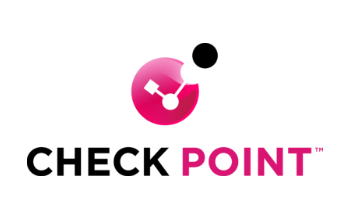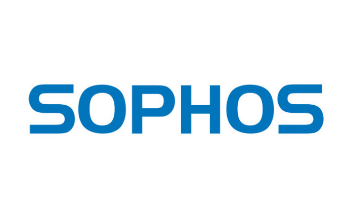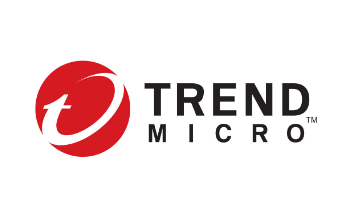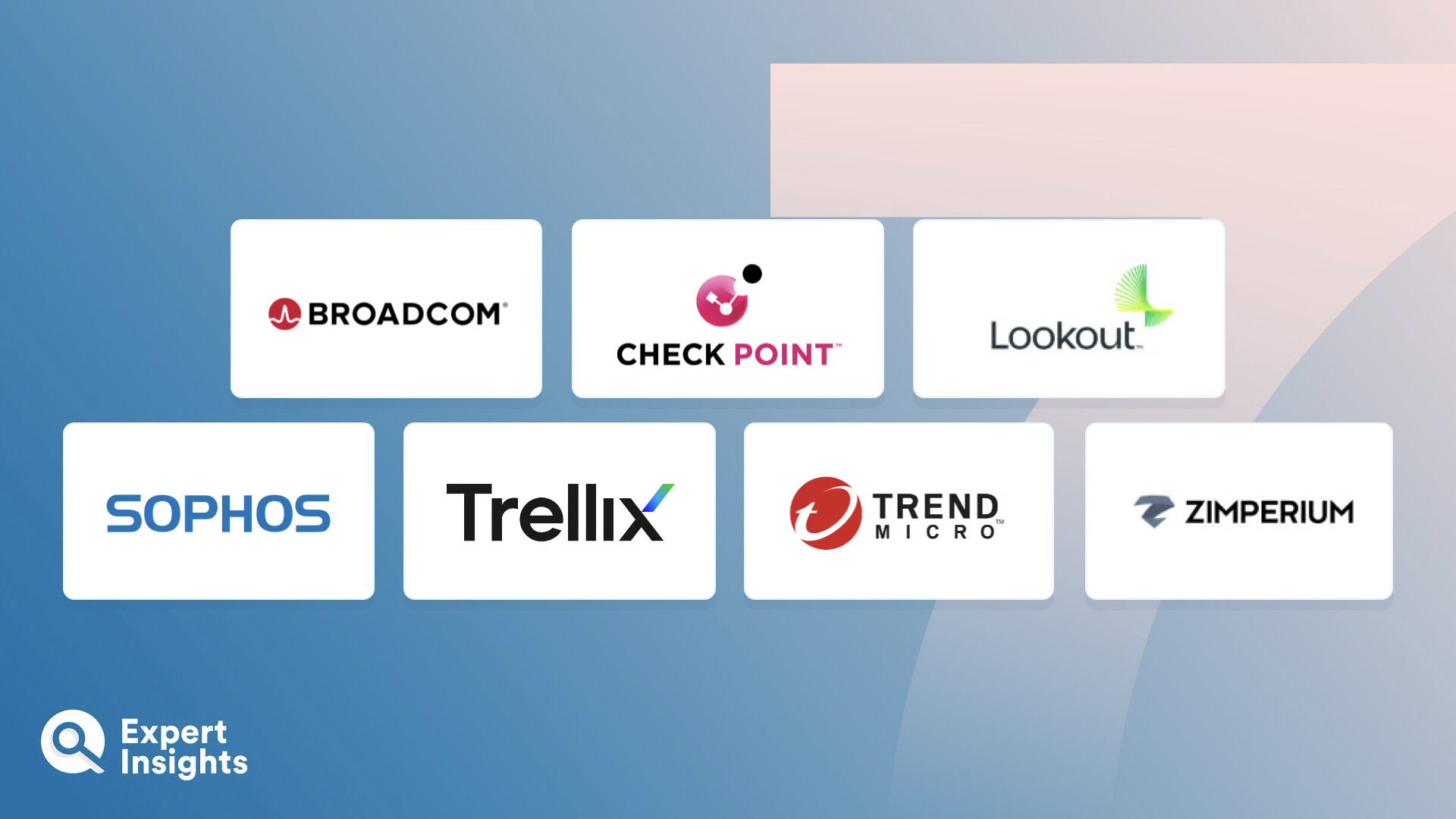Everything You Need To Know About Mobile Data Security Software (FAQs)
What Is Mobile Data Security Software?
Mobile Data Security software allows you to secure and protect sensitive data whilst on mobile devices. As our ways of working become more varied and disparate, it is essential that organizations have means of protecting their data wherever it resides, and however it is accessed. With employees using cell phones and tablets in the office, and in the field, mobile data security software ensures that this can be protected too.
Mobile devices have a larger attack surface area than on-premises devices, due to their portability. Not only can they be targeted like any other, on-premises technology, but they are also susceptible to theft or loss. This underlines to the need to have robust access policies in place to prevent a lost device allowing outsider access. It also highlights the importance of backing up data and having a way to recover it.
One risk that mobile devices are more susceptible to is Wi-Fi based attacks. Malicious actors can set up Wi-Fi accounts masquerading as legitimate accounts, but are, in fact, used to install malware on your device. Some Wi-Fi networks may also monitor all traffic that passes through them. These are sometimes known as man-in-the-middle attacks. While any internet connected device can fall victim to this, users may connect portable devices to multiple Wi-Fi networks throughout the day, thereby increasing that risk.
How Does Mobile Data Security Software Work?
Mobile Data Security software comes in a range of forms with different capabilities and features. They tend to incorporate a number of tools and capabilities to give you comprehensive coverage. This type of technology is diverse, with some providers offering Mobile Endpoint Security (MES) services, and others offering Mobile Threat Defense (MTD) platforms.
All these different technologies work by incorporating traditional endpoint and network protection tools that have been redesigned for mobile architecture. They will begin by monitoring and gathering data from devices, then crosschecking this with an organization’s internal security policies. Some common facets of mobile data security solutions include:
- Email Security – this helps to address threats (such as spam and phishing) that are delivered via email accounts
- Endpoint Security – these technologies will monitor and respond to threats as they try to breach a mobile device’s defenses
- VPN – this offers a secure means of connecting to the internet and prevents third parties from snooping or affecting traffic
- Cloud Access Security Broker (CASB) – this sits between your device and the cloud, ensuring that governance policies are effectively implemented
- Mobile Device Management (MDM) – delivers remote control and device monitoring
- Mobile Application Management (MAM) – allows you to secure and deploy applications safely
- Mobile Content Management (MCM) – ensures that all content accessed is protected and secure
What To Look For When Selecting A Mobile Data Security Software?
Mobile data security software encompasses a range of technologies that address threats facing your mobile devices. Effective solutions will integrate CASB, VPN, Endpoint, network, and email security technologies. As these technologies are so different and are designed to address different threats, there cannot be a simple checklist of features to look for when selecting an effective solution.
The number one thing that an effective mobile data security solution needs to be is compatible. A mobile data security platform is only able to work to its maximum capacity if it can integrate effectively with the technologies that you are using. If your organization operates a bring your own device (BYOD) policy, your platform will need to integrate with a larger number of devices to ensure all users are covered. For organizations that supply mobile work devices, it can be easier to ensure that all devices are fully compatible with your security platform, through limiting the type of device and provider that are used.
Beyond compatibility, there are several other key features to look for when selecting a platform. These features will depend on your use-case and the way that your organization operates.
- Remote Controls – For occasions where a mobile device is lost or stolen, your solution should offer effective techniques for preventing the device from being used against your organization. You should be able to remotely lock, wipe, and locate the device. This means that you can stop malicious actors from gaining access to critical files.
- Access Requirements – Linked to the idea of ensuring that no unauthorized user accesses a device, your solution should require identity authentication before granting access. This is most commonly achieved through using multi-factor authentication (MFA), with factors including biometrics and hardware keys.
- Encryption Levels – The data that your devices use should have a robust level of encryption applied to it. One of the most secure forms of authentication is AES-256. This is virtually impossible even for the most powerful computers available to decrypt.
- Monitor Threats – Your solution should provide continual threat monitoring to ensure that security policies reflect the threats that you face. This data should be assessed to precisely identify as much contextual information as possible.
- Provide Alerts – When new threats are detected, or ways to better optimize your solution are identified, admins and users should be notified of how they can act on these developments.













